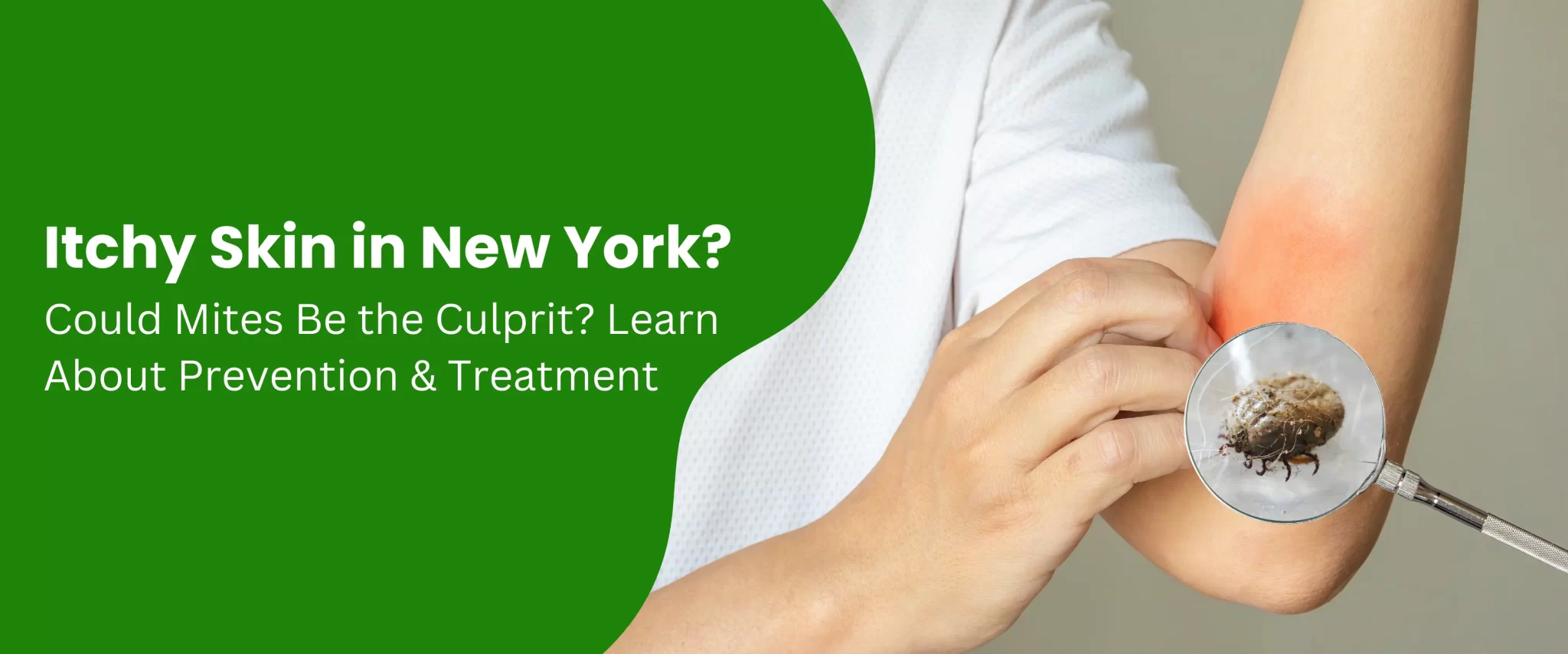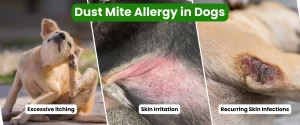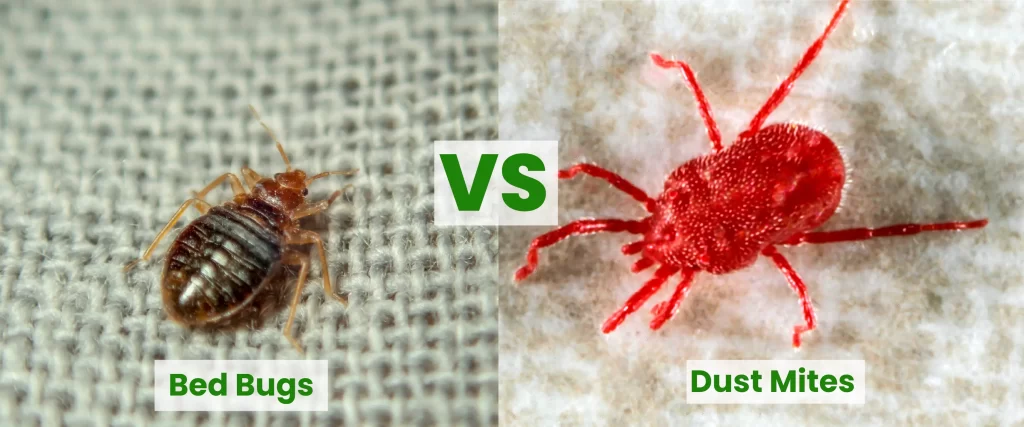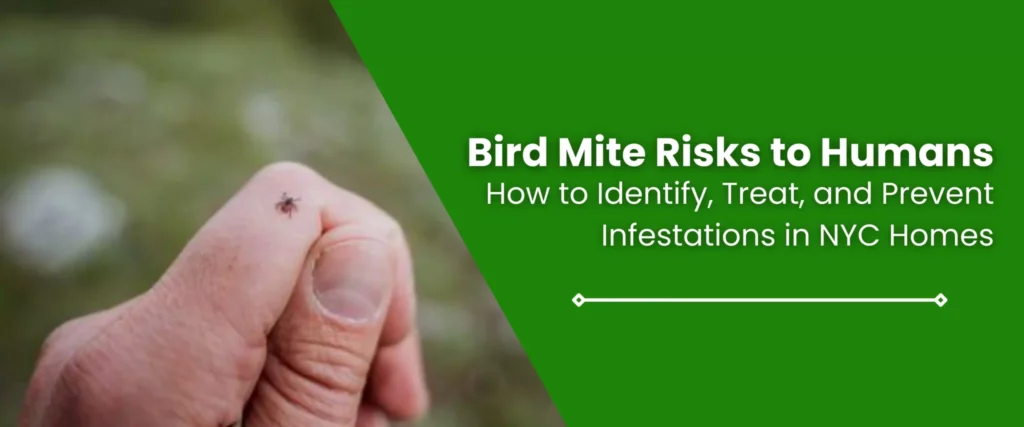
Living in New York City, you’re not alone if you’ve ever experienced unexplained itchy skin. While there are many potential causes, tiny houseguests called mites could be the culprit behind your discomfort.
Mites in the Big Apple: Big Problems in Small Packages
Mites are microscopic arachnids, relatives of spiders and ticks. Several different mite species can thrive in New York environments. While they don’t directly bite humans, their presence can trigger allergic reactions and irritation.
Ignoring a mite infestation can lead to more than just itchy skin. These pests can worsen allergies and asthma, impacting your overall comfort and well-being. Let’s delve deeper into the world of mites, specifically focusing on the most common culprit for itchy skin in New York apartments: dust mites.
Demystifying Dust Mites
One of the most common concerns people have about dust mites is their ability to fly. Fear not!
Do Dust Mites Fly? No Way!
Despite their name, dust mites lack the wings necessary for flight. They are even too small to actively jump. So how do they move around?
Hitching a Ride and Crawling Along
Dust mites are tiny hitchhikers. They primarily rely on air currents and clinging to fabrics like clothes, bedding, and furniture to travel. Their microscopic size allows them to crawl on surfaces, but their movement is slow and deliberate.
Managing Dust Mite Allergies: Beyond the Bedroom
While dust mites thrive in our beds and bedding, their allergens can become airborne and impact us throughout the apartment. Here’s how to manage dust mite allergies beyond just changing your sheets:
foods to avoid with dust mite allergy:
Believe it or not, some foods share similar proteins with dust mites, triggering a cross-reaction in sensitive individuals. Here are some common culprits:

- Shrimp and Shellfish: These crustaceans contain proteins similar to those found in dust mites.
- Certain Cheeses: Aged cheeses like cheddar and parmesan may trigger allergies due to shared proteins.
- Mealworms and Crickets: These insects are becoming a more common protein source and can mimic dust mite allergies in sensitive people.
Dust Mites and Our Furry Friends
Our beloved pets can unknowingly harbor dust mites in their fur, contributing to allergy woes. Let’s explore how dust mites affect both us and our furry companions:
What Kills Dust Mites on Dogs?
The good news: Regular baths with a gentle, veterinarian-approved shampoo can significantly reduce dust mite populations on your dog’s fur.
Precautions and Recommendations:
- Frequency: Consult your vet about the ideal bathing frequency for your dog’s breed and coat type. Over-bathing can dry out their skin.
- Washing Bedding: Wash your dog’s bed weekly in hot water (at least 55°C or 130°F) to kill dust mites.
- Vacuuming: Regularly vacuum furniture and carpets, paying attention to areas where your dog spends time.
Dust Mite Allergy in Dogs:
Just like humans, dogs can also be allergic to dust mites. Here are some signs to watch out for:

- Excessive Itching: Constant scratching, especially on paws, ears, and face.
- Skin Irritation: Redness, inflammation, and hair loss in itchy areas.
- Recurring Skin Infections: Frequent hot spots or bacterial infections on the skin.
How to Get Rid of Dust Mites on Cats:
Cats are generally good at grooming themselves, but dust mites can still hitch a ride on their fur. Here’s how to combat them:

- Brushing: Regularly brush your cat with a fine-toothed comb to remove dust mites and dander.
- Spot Cleaning: Wipe your cat down with a damp cloth (avoiding their eyes and ears) to remove dust and allergens.
- Cat-Friendly Sprays: Certain veterinarian-approved sprays can help reduce dust mite populations on your cat’s fur.
Differences Between Dust Mites and Bed Bugs: Know Your Enemy

While itchy skin can be a symptom of both dust mites and bed bugs, these tiny terrors require different approaches for eradication. Here’s a breakdown to help you identify the culprit and banish them from your home:
Dust Mites vs Bed Bugs: A Tale of Two Mites
- Appearance: Dust mites are microscopic, requiring a microscope to see. Bed bugs are reddish-brown, flat, and about the size of an apple seed.
- Habitat: Dust mites thrive in warm, humid environments, especially bedding, mattresses, and upholstered furniture. Bed bugs, as their name suggests, prefer hiding near beds and furniture where they can feed on human blood at night.
- Feeding Habits: Dust mites don’t bite humans. They feed on shed skin flakes, and their waste is the primary allergen causing itchy skin. Bed bugs feed on human blood, leaving itchy bites in a line or cluster.
Eradicating the Enemy: How to Get Rid of Bed Bugs and Dust Mites
- Dust Mites: Focus on creating a dry, inhospitable environment. Wash bedding in hot water (at least 55°C or 130°F) weekly. Encase mattresses and pillows in allergen-proof covers. Vacuum carpets and furniture regularly, using a HEPA filter if possible. Consider replacing carpets with hard floors for easier cleaning.
- Bed Bugs: Due to their blood-sucking nature and resilience, professional pest control is often necessary. However, you can prepare your home by washing bedding in hot water, encasing mattresses and box springs, and sealing cracks and crevices where bed bugs might hide.
How to Get Rid of Dust Mites in Couch: A Step-by-Step Guide for Removal
Upholstered furniture is prime real estate for dust mites. Here’s how to reclaim your couch:
- Pre-treatment: Remove cushions and vacuum thoroughly, focusing on crevices and seams. Use the upholstery attachment for a deeper clean.
- Hot Water Extraction: Consider professional carpet cleaning services that offer hot water extraction specifically designed for upholstery.
- Baking Soda Power: Sprinkle baking soda on the couch fabric and let it sit for at least 30 minutes to absorb moisture and odors.
- Thorough Vacuuming: Vacuum the baking soda thoroughly, ensuring you remove all traces.
- Steam Cleaning: If your couch fabric allows, use a handheld steamer to kill dust mites and remove any remaining allergens.
- Washing Cushion Covers: If possible, wash cushion covers in hot water (at least 55°C or 130°F).
Cleaning Products and Practices:
- Avoid Harsh Chemicals: Stick to gentle, fragrance-free detergents and cleaners to avoid damaging your furniture.
- Test in an Inconspicuous Area: Before applying any cleaning solution, test it on a hidden area of the couch to ensure it doesn’t cause discoloration.
- Air Drying: Allow the couch to air dry completely after cleaning to prevent mold growth.
Professional Mite Control NYC
Living in a densely populated city like New York can increase the risk of encountering mite infestations. Here’s why professional help might be particularly relevant:

- Apartment Buildings: Dust mites can easily travel between apartments through shared walls and ventilation systems. A professional can assess the situation and recommend building-wide solutions if necessary.
- Limited Outdoor Space: Drying out bedding and furniture to kill dust mites can be challenging in apartments with limited outdoor space. Professional companies may offer hot water extraction or other drying techniques.
- Expertise for Specific Mite Species: Different mite species might require specific treatment approaches. Professionals can identify the problematic mite and tailor their methods accordingly.

